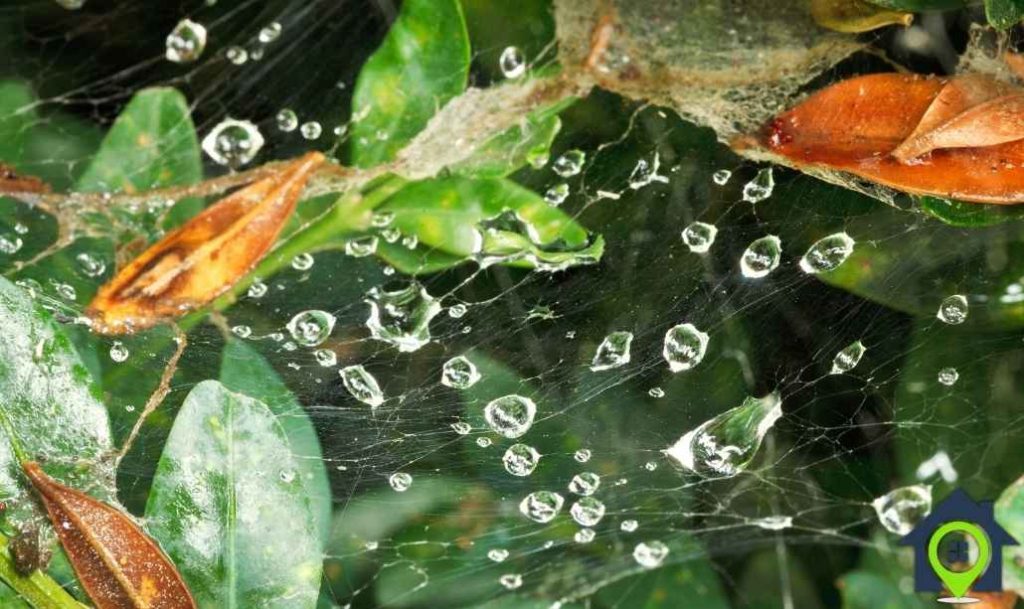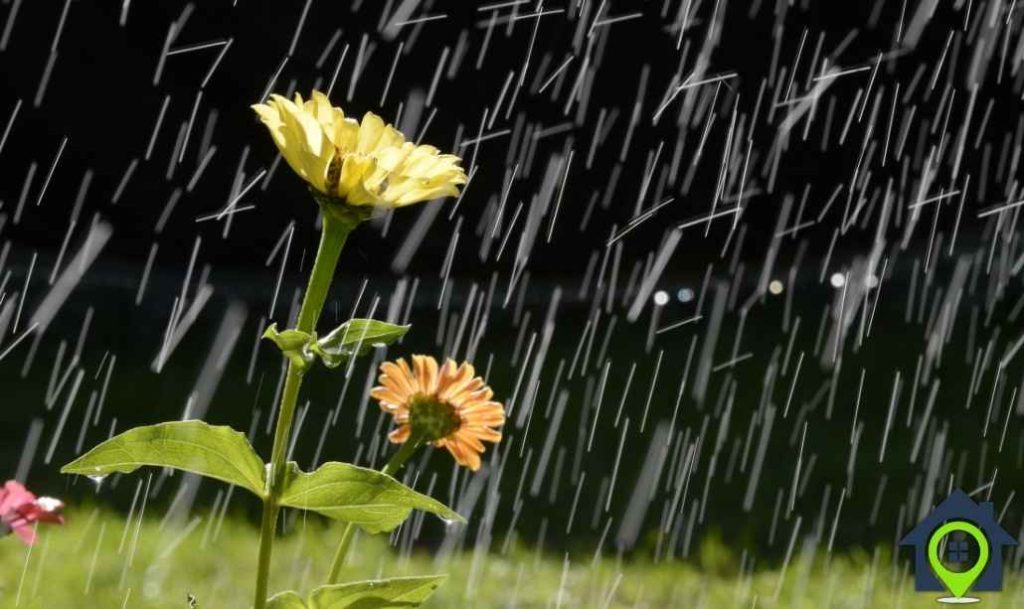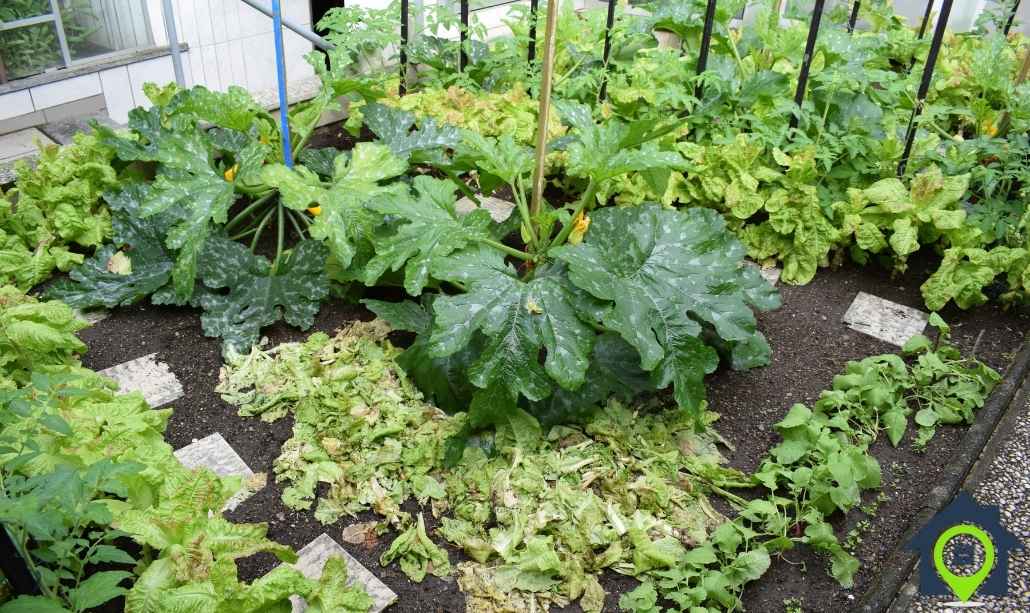Rain gardens are nature’s way of managing rainwater. These gardens are specifically designed to capture and absorb rainwater runoff from roofs, driveways, and lawns. Placing a rain garden between property lines in Illinois is not only a practical choice but also an environmentally responsible one.
What is a Rain Garden?
A rain garden is a shallow, planted depression that collects and infiltrates rainwater runoff. It’s a strategic, eco-friendly solution to water management that helps prevent flooding, reduces pollution, and promotes biodiversity.
Why Build a Rain Garden in Illinois?
Illinois often experiences heavy rainfall, which can lead to waterlogging and runoff issues. A rain garden helps mitigate these problems by absorbing excess water and improving soil quality.
Benefits of Building a Rain Garden
Environmental Benefits
Rain gardens improve groundwater quality by filtering out pollutants from runoff, such as fertilizers, pesticides, and oils. They also help reduce the risk of flooding by slowing down water flow, making them ideal for flood-prone Illinois.
Cost-Effective Solution
Compared to traditional drainage systems, rain gardens are a cost-effective and sustainable way to manage rainwater. They require a relatively low initial investment and save money in the long run through reduced stormwater damage.
Aesthetic Appeal
Rain gardens are visually appealing. They can transform a simple property line into a beautiful, vibrant green space that enhances the overall landscape.
Understanding Illinois Climate and Soil
Illinois Climate Overview
Illinois has a continental climate with cold winters and hot summers. This climate influences the type of plants that can thrive in a rain garden.
Soil Types in Illinois
Illinois soils range from clay to loamy, with drainage capacity varying widely. Understanding the soil type on your property is crucial for designing an effective rain garden.
How Climate and Soil Impact Rain Gardens
Rain gardens in Illinois need to be designed with soil permeability and climate in mind. The choice of plants should reflect seasonal temperature changes and rainfall patterns.
Choosing the Right Location
Ideal Property Line Placement
Select a location where water naturally flows, such as a low spot between two properties. Ensure that it is at least 10 feet away from any building foundations to prevent water seepage.
Proximity to Water Sources
Avoid building a rain garden too close to wells or septic systems, as this could lead to contamination. The ideal spot should be in an area that collects the most runoff.
Regulations and Permits
Check with local authorities to ensure compliance with zoning laws and water management policies in Illinois. Permits may be needed, depending on the size and scope of your rain garden.
Designing Your Rain Garden

Determining the Size and Shape
Rain gardens can be as small as 100 square feet or as large as your space allows. The size depends on the area of runoff it needs to manage.
Calculating Water Flow
Estimate the volume of water that the rain garden will need to handle. This calculation helps determine the depth and capacity required.
Choosing Native Plants
Native plants are better adapted to local soil and weather conditions. They are also more drought-tolerant and require less maintenance.
Soil Preparation
Testing the Soil
Before construction, conduct a soil test to understand its composition. This helps in determining the amendments needed for optimal drainage.
Improving Drainage
If the soil has poor drainage, add sand or gravel to improve permeability.
Adding Organic Material
Incorporate organic matter like compost to enhance soil fertility and structure.
Plant Selection for Illinois Rain Gardens

Best Native Plants for Illinois
- Black-Eyed Susan
- Purple Coneflower
- Joe-Pye Weed
- Prairie Dropseed
Low-Maintenance Plant Options
Choose plants that are easy to maintain and can withstand occasional flooding.
Seasonal Considerations
Select a mix of plants that bloom at different times of the year to keep your garden visually appealing throughout the seasons.
Constructing the Rain Garden
Creating the Basin
Dig a shallow basin according to the size of your rain garden. The depth usually ranges from 6 to 12 inches.
Building Berms and Swales
Add berms around the edges to contain water, and use swales to direct water into the basin.
Adding Mulch
Apply a thick layer of mulch to retain moisture, suppress weeds, and enhance plant growth.
Maintaining Your Rain Garden
Regular Watering
During the first year, water regularly to help plants establish roots.
Weeding and Mulching
Keep the garden free of weeds and refresh the mulch layer annually.
Monitoring Plant Health
Check plants regularly for diseases or pests and remove any dead or unhealthy growth.
Troubleshooting Common Issues
Dealing with Poor Drainage
If water is not draining properly, consider adding more sand or gravel to the soil.
Managing Plant Diseases
Use natural remedies like neem oil to treat plant diseases and pests.
Handling Erosion
Install rocks or ground cover plants to prevent soil erosion within the garden.
Legal Considerations in Illinois
Understanding Zoning Laws
Research local zoning laws to ensure compliance when building a rain garden.
Local Water Management Policies
Be aware of local water management rules to prevent legal issues.
Securing Necessary Permits
Depending on the size and scope, secure any required permits from local authorities.
Cost Breakdown and Budgeting
Initial Setup Costs
Costs can include excavation, soil amendments, plants, and mulch.
Ongoing Maintenance Expenses
These include occasional mulching, plant replacements, and possible soil adjustments.
Ways to Save Money
Opt for native plants and recycled materials to lower costs.
Rain Gardens as Community Projects
Encouraging Neighbors to Join
Invite neighbors to participate in building the rain garden, making it a community effort.
Educational Opportunities
Use the rain garden as a teaching tool about water conservation and sustainable landscaping.
Enhancing Neighborhood Beauty
Rain gardens add aesthetic value, making neighborhoods greener and more appealing.
Conclusion
Building a rain garden between property lines in Illinois is a rewarding way to manage rainwater, enhance aesthetics, and promote sustainability. It’s a project that benefits both homeowners and the environment.
FAQs
What is the best time to build a rain garden in Illinois?
The best time is during early spring or fall when rainfall is moderate, and plants can establish roots.
How long does it take to build a rain garden?
Depending on the size, it can take anywhere from a weekend to a few weeks.
Can a rain garden attract mosquitoes?
No, rain gardens are designed to drain water within 24-48 hours, which is too fast for mosquito breeding.
How deep should a rain garden be?
Typically, rain gardens should be 6 to 12 inches deep to allow for sufficient water absorption.
Do rain gardens require a lot of maintenance?
No, once established, they require minimal maintenance, such as occasional weeding and mulching.







Join The Discussion